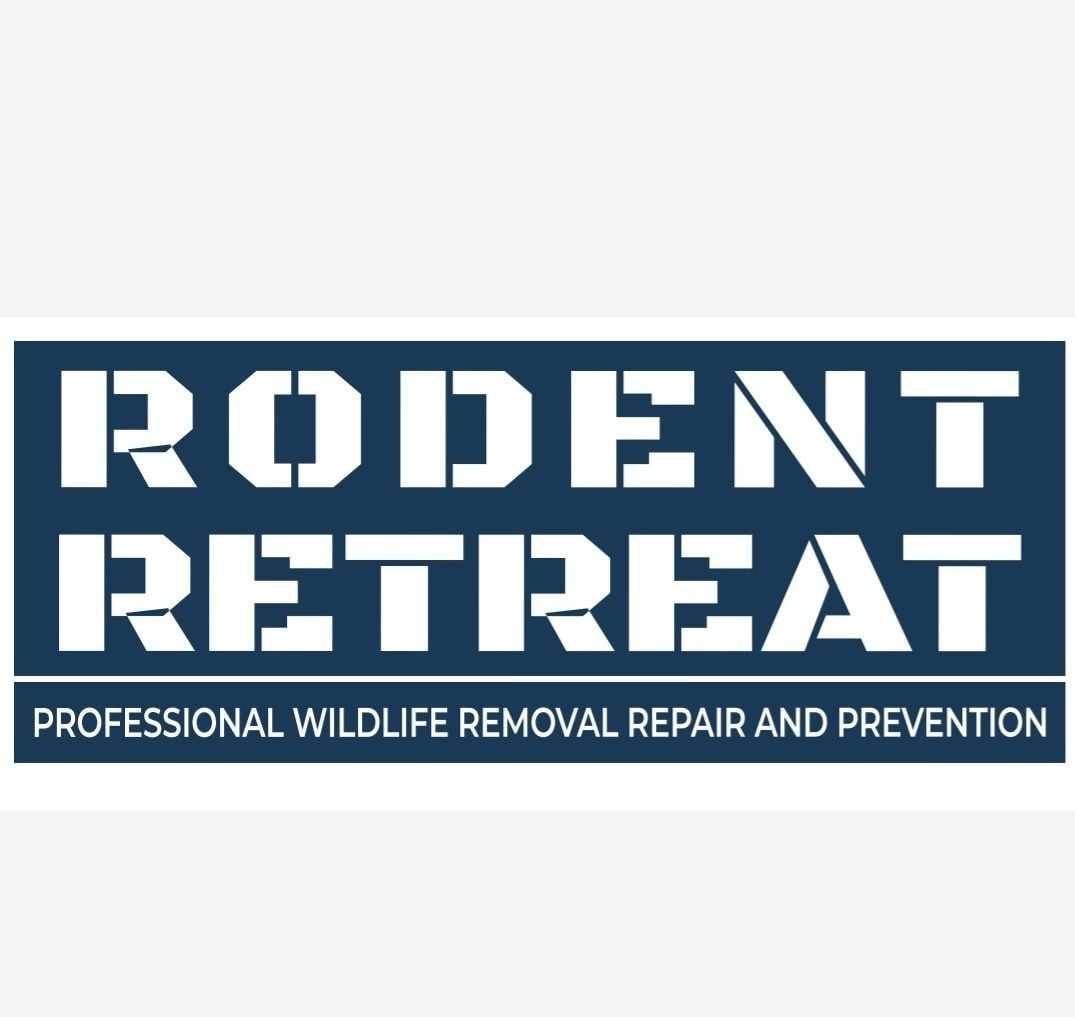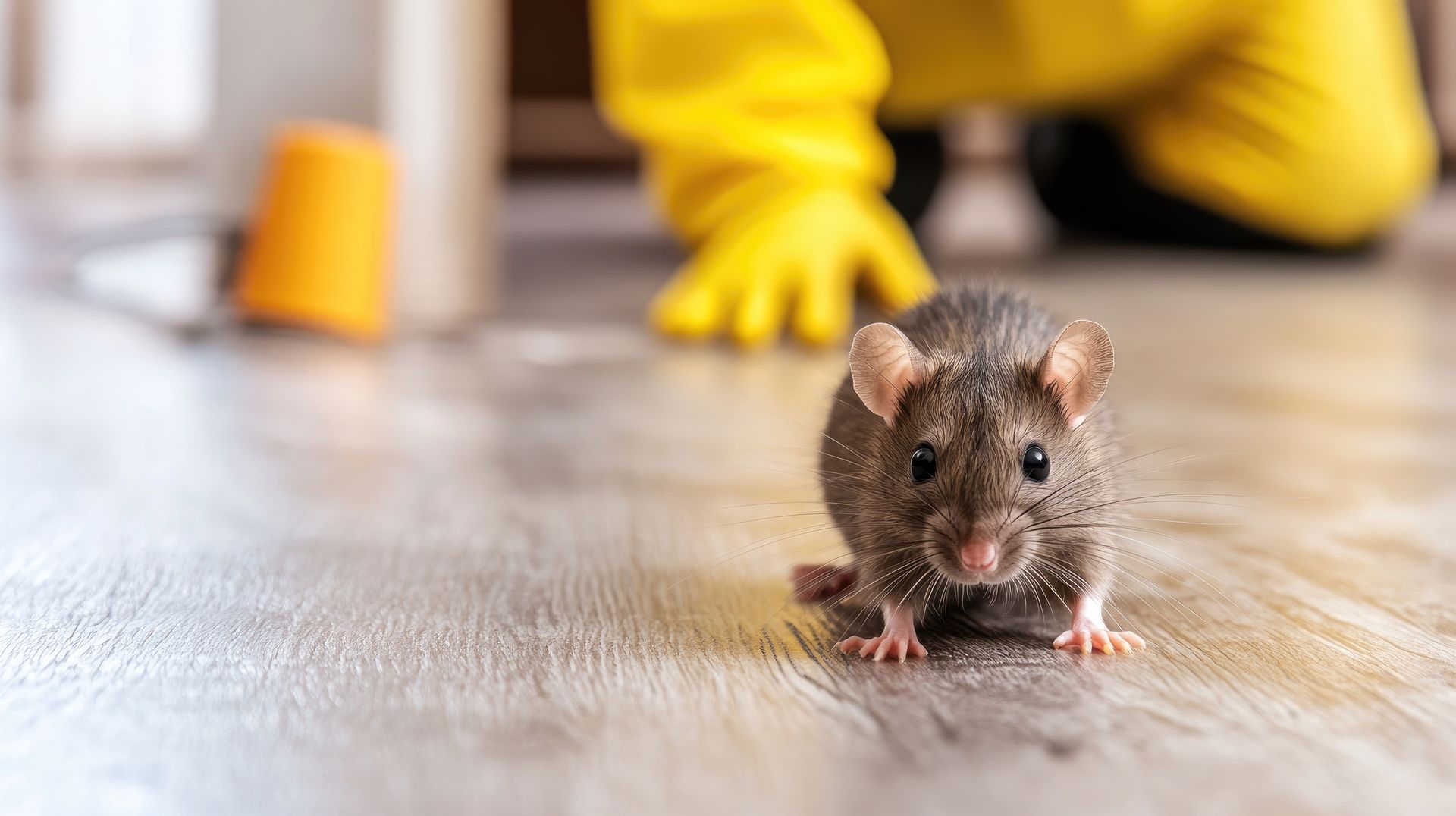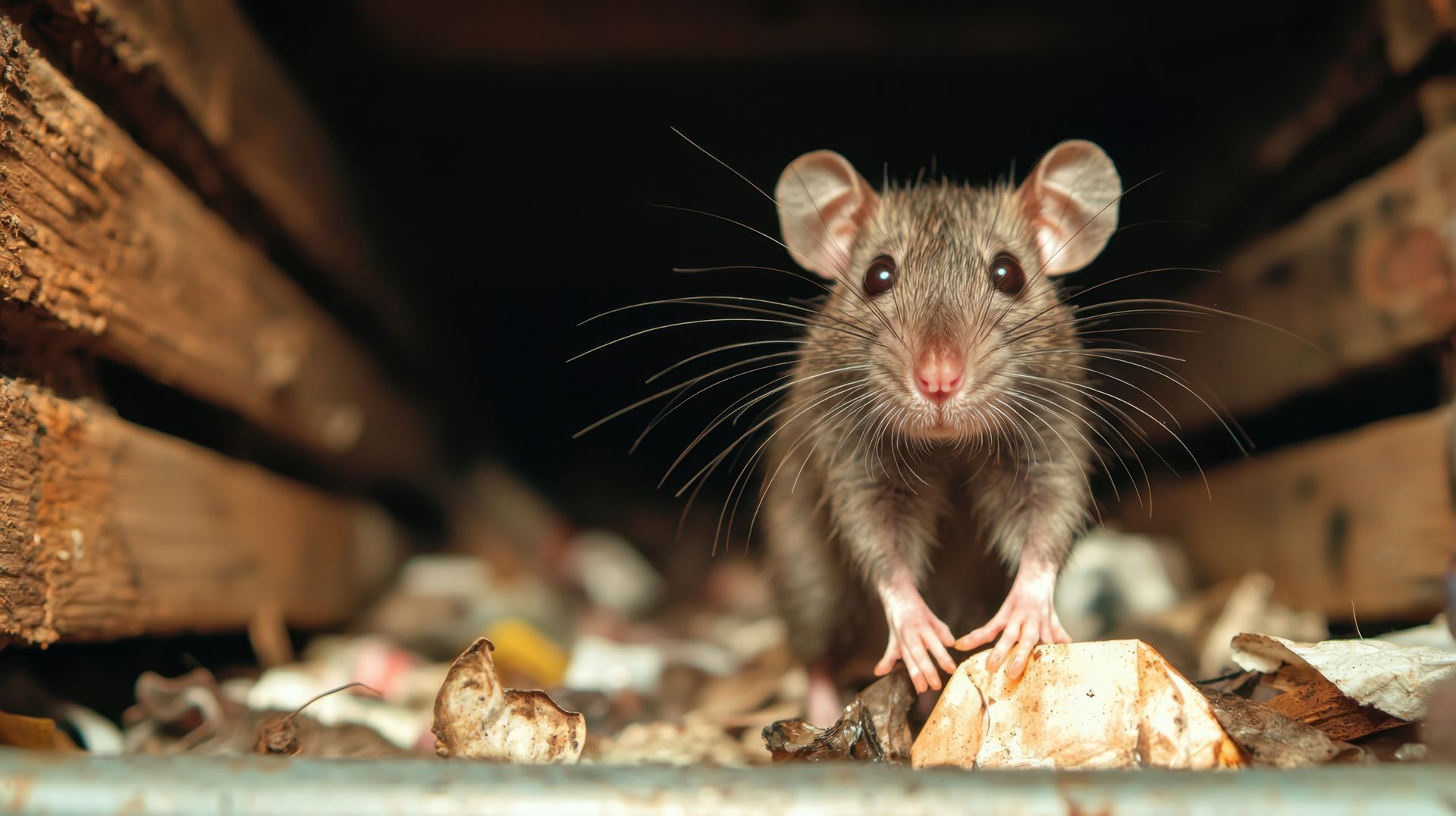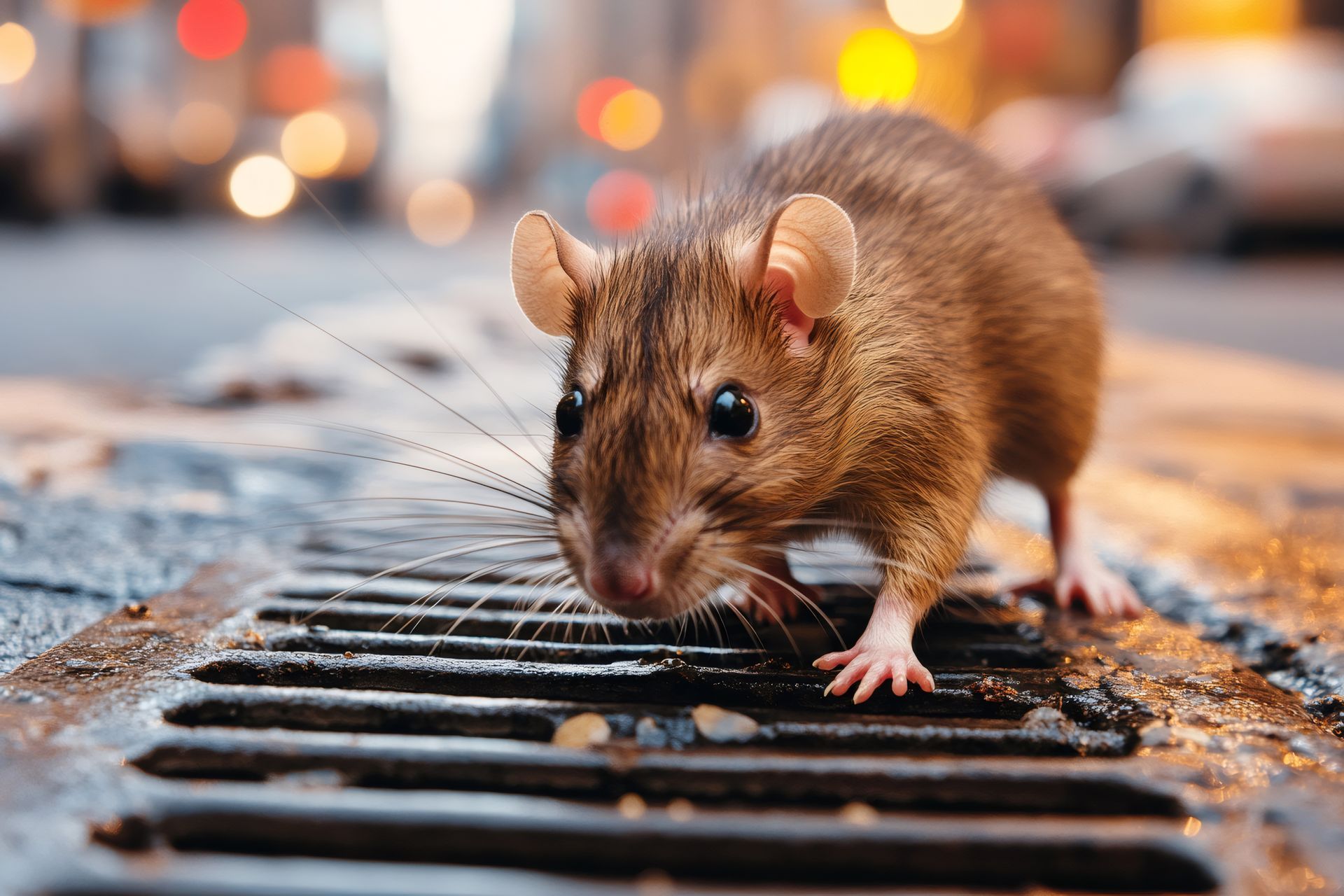Mice Removal: How To Dispose Of Caught Mice Safely

Mice can become a problem in homes and businesses across Texas, where mild winters and varied landscapes provide ideal conditions for rodents to thrive. For many property owners, mice removal Texas can be a challenging and often uncomfortable task, especially when it comes to what to do after a mouse has been caught. This guide offers essential information on how to handle, dispose of, and prevent mice invasions in a safe, effective, and humane way.
Understanding The Importance Of Safe And Humane Mice Disposal
Mice are capable of causing significant damage to homes by chewing through wiring, contaminating food, and spreading disease. While trapping is a common solution for removal, it's important to handle and dispose of caught mice responsibly. Humane disposal methods are not only ethically preferable but also help prevent the spread of diseases like hantavirus, salmonella, and leptospirosis, which can be transmitted to humans through contact with rodent urine, droppings, or saliva.
Choosing The Right Type Of Trap
The first step in humane and effective mice disposal begins with selecting the right type of trap. Not all traps are created equal, and some are more humane than others. Here’s a quick overview of trap options:
- Live Traps: These traps capture mice without killing them, allowing for their release elsewhere. Live traps are often recommended for those who prefer a humane approach to mice removal, though proper disposal still requires caution.
- Snap Traps: Traditional snap traps are commonly used but should be chosen carefully to ensure they deliver a quick, effective result. Modern snap traps have been designed to minimize suffering and are a reliable choice for immediate results.
- Glue Traps: Generally, glue traps are not recommended, as they lead to prolonged suffering and pose a challenge for humane disposal. They are also less effective in comparison to other trapping methods.
Preparing For Disposal: Safety First
Before handling a caught mouse, it’s essential to take safety precautions. Mice can carry pathogens that can pose serious health risks, so wear disposable gloves and use a face mask to protect yourself from possible airborne particles. Here’s what to keep in mind:
- Avoid Direct Contact: Always use gloves when handling traps, mice, and any surfaces they may have contaminated.
- Ventilate the Area: Open windows or doors to ensure fresh airflow in the area where the mouse was caught.
- Gather Your Supplies: Have a plastic bag (preferably sealable), disinfectant wipes, and a secondary plastic or metal container for disposing of the mouse.
Disposal Options For Caught Mice
Once you've captured a mouse, there are a few different disposal methods to consider. Choosing the best method depends on whether the mouse is alive or deceased. Learn more on An In-Depth Look at the Mice Removal Process.
For Live Mice (Using A Live Trap)
If you’ve used a live trap, you’ll need to release the mouse safely and responsibly. Follow these steps:
- Select a Release Location: Mice should be released at least one mile away from your property to prevent them from finding their way back. Choose a natural area like a field or wooded spot, away from residential buildings.
- Prepare for Release: Keep the mouse in the trap during transport, minimizing movement. Handle the trap carefully to reduce stress on the animal.
- Release with Caution: Once at the chosen spot, open the trap and allow the mouse to exit on its own. Avoid direct handling and ensure it can escape freely.
For Deceased Mice (Snap Trap Or Glue Trap)
If you’re dealing with a deceased mouse, use the following guidelines:
- Seal the Mouse in a Plastic Bag: Place the mouse and trap in a plastic bag, carefully sealing it to avoid odors and prevent contamination.
- Double Bag and Dispose: Place the bagged mouse in a second plastic bag or a lidded garbage container. This additional layer prevents other animals from accessing it and ensures sanitary disposal.
- Check Local Regulations: While most municipalities allow for rodent disposal in regular trash, some areas may have specific guidelines for wildlife disposal. Check your local Texas regulations if unsure.
Cleaning And Disinfecting The Area
After a mouse has been removed, cleaning the area thoroughly is critical for health and hygiene reasons. Mice often leave droppings, urine, or traces of saliva near their hiding spots, which can carry diseases. Here’s how to disinfect safely:
- Avoid Sweeping or Vacuuming: Sweeping or vacuuming can disperse harmful particles into the air. Instead, use a paper towel to carefully pick up any droppings, nesting materials, or debris.
- Use a Disinfectant Solution: Apply a disinfectant or bleach solution (1 part bleach to 10 parts water) to surfaces that may have come into contact with the mouse. Let it sit for at least five minutes before wiping it clean.
- Dispose of Cleaning Materials Safely: Any paper towels, gloves, or materials used in the cleaning process should be bagged and sealed before placing them in the trash.
Preventing Future Mice Infestations
Proper disposal is just one part of comprehensive mice removal. To prevent future infestations, focus on sealing entry points, reducing food sources, and maintaining cleanliness in and around your property.
Seal Entry Points
Mice can squeeze through openings as small as a quarter of an inch. Inspect your home for any potential entry points, especially around doors, windows, pipes, and vents. Use steel wool, caulk, or hardware cloth to seal gaps and cracks. Pay special attention to:
- Basements and Crawl Spaces: These areas are common entry points for mice, especially in homes with aged foundations.
- Attics and Roof Vents: Mice are skilled climbers and may enter through roof vents or damaged eaves.
- Garage Doors: Ensure that garage doors close tightly and are free of gaps.
Eliminate Food Sources
Mice are attracted to food sources, so keeping your property clean and minimizing attractants can discourage them from entering.
- Store Food Properly: Keep food in airtight containers, and avoid leaving pet food or birdseed in accessible areas.
- Regularly Dispose of Garbage: Use sealed trash bins, both indoors and outdoors, to reduce scents that attract mice.
- Clean Up Crumbs and Spills: Regularly wipe down counters, sweep floors, and clean up spills immediately.
Maintain Outdoor Areas
Proper landscaping and outdoor maintenance can further reduce the risk of mice entering your home. Trim vegetation away from the walls, and avoid storing wood piles or debris near the foundation, as these can provide nesting sites.
Considering Professional Mice Removal In Texas
If you’re dealing with a large infestation or need assistance with humane mice removal, contacting a professional pest control company in Texas like Rodent Retreat can be a wise decision. Many pest control experts offer humane solutions and can provide guidance on effective, long-term prevention. Pest professionals are equipped to handle infestations safely and effectively, saving you time and potential health risks.
Eco-Friendly Disposal Alternatives
For those seeking an environmentally conscious disposal method, some animal control agencies in Texas accept deceased rodents for safe disposal. Additionally, some pest control companies offer eco-friendly pest control services, including green traps and non-toxic deterrents, which can align with humane and environmentally friendly goals.
Conclusion
Handling mice removal in Texas can be straightforward and humane with the right approach. By choosing the appropriate trap, following safety procedures, disposing of mice responsibly, and maintaining a clean environment, you can effectively address and prevent rodent issues on your property. Safe, humane disposal not only helps protect you and your family but also contributes to a healthier, more sustainable ecosystem in your community. If you find yourself facing persistent rodent issues, remember that Rodent Retreat is available to ensure a humane, efficient solution tailored to your specific needs. Get in touch today!
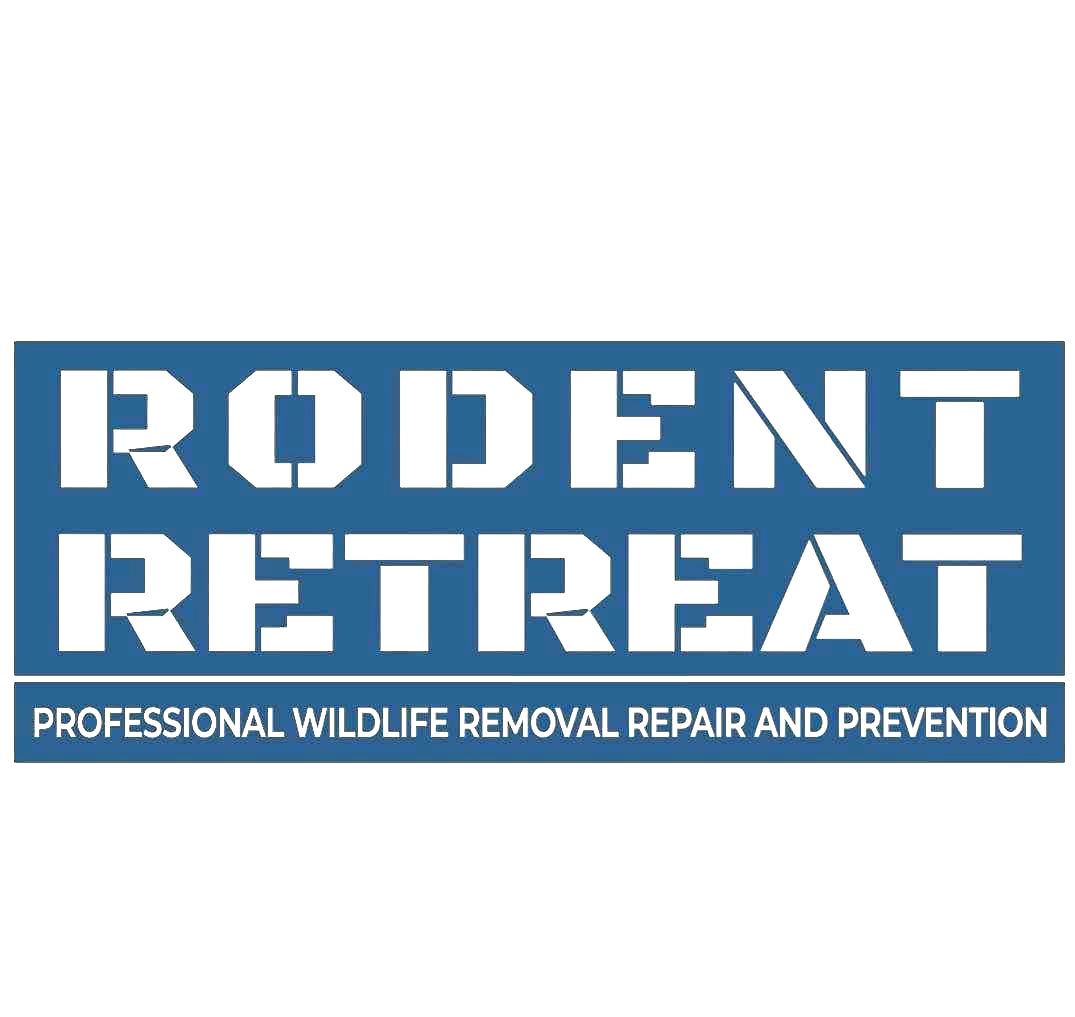

Services
SERVICE AREAS
Send us a message
Send us a Message
We will get back to you as soon as possible.
Please try again later.
